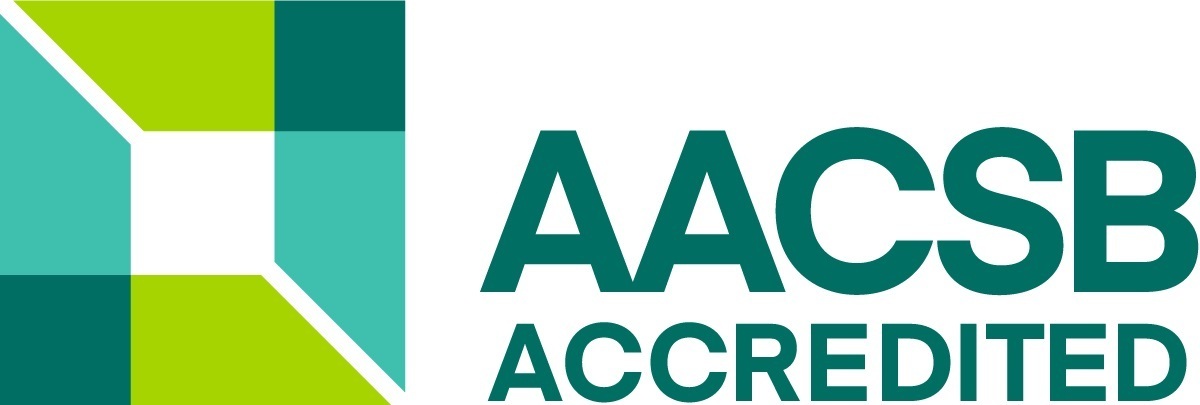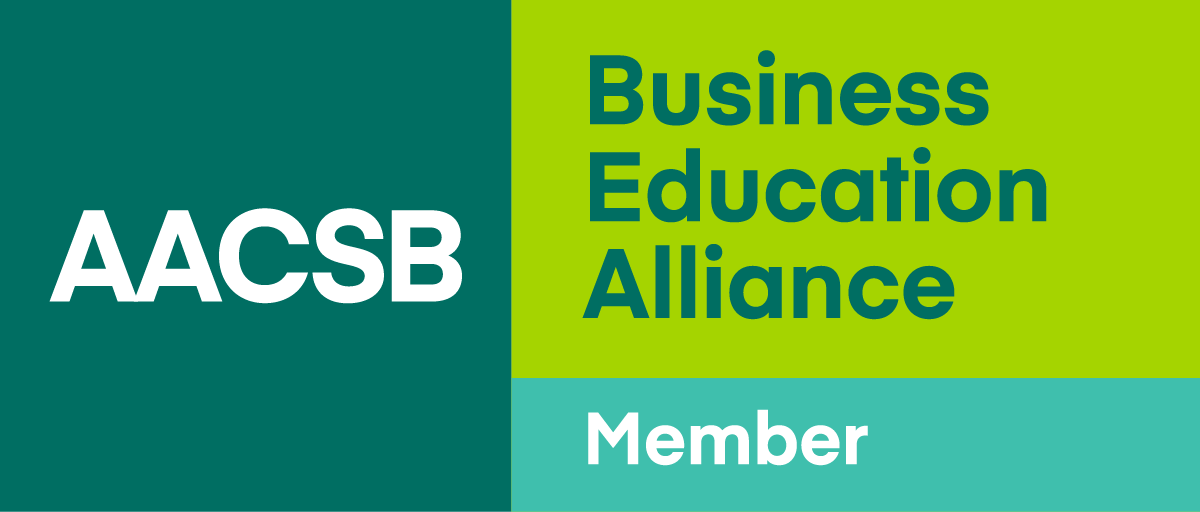【CM CSR】Service learning in remote areas and new outlook through VR
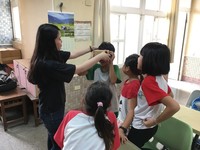
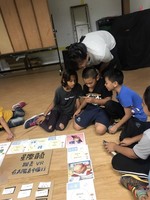
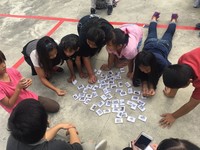
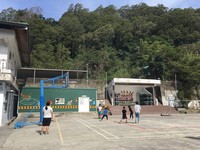
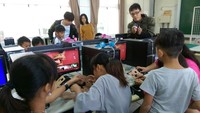
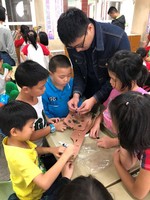
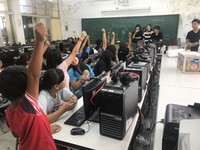
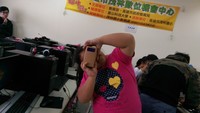
Short-term service learning experiences in remote areas represent one of the highlights of the “Information and Society” MBA program offered by the Department of Information Management. This program aims to expose students to environments that are in distinct contrast with their daily lives to assess how they explore these unfamiliar “spaces” and interact with the people who reside in these spaces. Professor Feng-Yang Kuo, the instructor of this program, likes to quote Allan Johnson, the author of The Forest and the Trees, who stated in this famous book that “Sociology opens up a window on the world and provides us with a mirror which allows us to discover ourselves in our interactions with the world.” He encourages his students to reflect on how to apply their own professional expertise in the fields of IT to detect and solve problems from a sociological perspective and thereby develop new relationships and resources.
The “Information and Society” course typically attracts many graduate and undergraduate students. In addition to attending classroom lectures, students are also required to engage in short-term service learning in their spare time. They are assigned in groups to teach three class periods at elementary schools in remote areas based on their personal preferences. In the first semester of the Academic Year 2017-2018, students enrolled in the program proceeded to Ke Liao Elementary School in Ziguan District, Maolin Elementary School in Maolin District, and Taoyuan Elementary School in Taoyuan District to engage in service learning. In the first class session, Mr. Cheng, one of the instructors, encouraged the student teams to use an existing set of solar system teaching materials and incorporate IT into self-organized learning environments (SOLE) through game-based learning. The Google Cardboard VR headset allows students to engage in autonomous learning and thereby gain a better understanding of the solar system through games and teamwork. The goal is to arouse the curiosity and learning interest of the students. As for the remaining two sessions, each student team implemented improvements and extension activities based on their previous experiences. During the semester, students are also required to hand in mid-term and final observation reports which allow discussions of how to improve the way team members, teams, and instructors work together.
Due to the remote location of Taoyuan Elementary School, student teams dispatched to this school often had to stay overnight. This gave team members an opportunity for in-depth observation of the daily lives and interpersonal relationships of the children. As the above-mentioned solar system teaching materials were first adopted, the team members realized that the integration of VR technology into education is very attractive to students. By utilizing the Monopoly game, the students had an even better chance to observe how the children learn spontaneously and interact in teams. These activities also help detect individual learning problems. In the course of their casual conversation with the children, the students also discovered that most kids had rarely ever left their hometown due to its remote location and their imagination is therefore limited to place names they are frequently exposed to. Consequently, the student team continued to use the Monopoly game for the two subsequent service plans. The learning focus of classes was shifted to geographical knowledge, which included the design of activities such as Taiwan Travel Fun and Discover Taiwan with Paper and Pencil. The students taught the children how to use Google Earth to explore the world and provided outdoor learning experiences for the kids, which was very gratifying for all participants.
The Maolin Elementary School team was the only team solely composed of undergraduate students enrolled in the Department of Information Management. Despite their lack of experience in the field of instructional design, it was apparently easier for them to enter the world of lively and energetic indigenous children due to their younger ages. Because of a climate of harmonious interactions, the student team could make instructional adjustments based on observed classroom conditions and learning problems. For instance, the students discovered in the first class session that the children had a very limited grasp of written characters which affected their ability to search for information online. They therefore created an exciting atmosphere conducive to learning through Q&A contests in teams. In the second session, the team members discovered that the children did not understand the materials the team had prepared and that they did not have e-mail addresses. They therefore had to choose a different topic and ended up teaching them how to create little games through simple programming and make Christmas cards through vector plotting by relying on online resources. They even played board games with them to provide them with diversified learning resources and create a rewarding experience for all students. At the end of the three class periods, the team members had gained a deeper insight into the learning motivations of children and how to arouse their interest. They stated with empathy that we should not take for granted that all children can have the same advantages and that we should not rely on stereotypes when judging others.
One of the members of the team that proceeded to Ke Liao Elementary School was a Keliao native. Since he wished to give back to his home village, he volunteered to contact Ke Liao Elementary School regarding the services they needed. Contrary to other teams, the team bound for Ke Liao Elementary School assisted the children with their homework assignments and evaluation sheets and helped them read lesson materials for two hours before classes started. Due to these additional interactions, the children became quickly familiar with the members of the student team, who in turn gained a better understanding of the level of academic achievement of each elementary student. “We discovered in the course of this process that while the school workload of Ke Liao Elementary School students is much heavier than that of students enrolled in indigenous elementary schools, the learning methods are quite traditional. They were therefore visibly excited during the assembly of the Google Cardboard headsets and hands-on experiences of new VR technologies. Even students in lower grades enthusiastically participated.”
In the course of their service experiences and their numerous interactions with the elementary school pupils they helped, the students enrolled in the program gained an in-depth insight into differences between schools in terms of resource availability and cultural backgrounds. Given childrens’ different frameworks of experiences, it is imperative that we offer different educational coping methods. Generally, our student teams found that as they offered non-traditional learning designs to their pupils, new technologies really helped those pupils achieve breakthroughs in their learning. This program truly inspires participants to reflect on problems in current education systems as well as the possibilities opened up by new technologies in the field of education. The pertinent questions that our service learning program brings up are: are our education models not too rigid and standardized? And, are we not forgetting that we should teach students according to their aptitude? Is it possible that our teaching methods are like a sealed box and that the outlook and learning methods suitable for children in remote areas might be an opportunity for us to think outside of “this box”?
The “Information and Society” course typically attracts many graduate and undergraduate students. In addition to attending classroom lectures, students are also required to engage in short-term service learning in their spare time. They are assigned in groups to teach three class periods at elementary schools in remote areas based on their personal preferences. In the first semester of the Academic Year 2017-2018, students enrolled in the program proceeded to Ke Liao Elementary School in Ziguan District, Maolin Elementary School in Maolin District, and Taoyuan Elementary School in Taoyuan District to engage in service learning. In the first class session, Mr. Cheng, one of the instructors, encouraged the student teams to use an existing set of solar system teaching materials and incorporate IT into self-organized learning environments (SOLE) through game-based learning. The Google Cardboard VR headset allows students to engage in autonomous learning and thereby gain a better understanding of the solar system through games and teamwork. The goal is to arouse the curiosity and learning interest of the students. As for the remaining two sessions, each student team implemented improvements and extension activities based on their previous experiences. During the semester, students are also required to hand in mid-term and final observation reports which allow discussions of how to improve the way team members, teams, and instructors work together.
Due to the remote location of Taoyuan Elementary School, student teams dispatched to this school often had to stay overnight. This gave team members an opportunity for in-depth observation of the daily lives and interpersonal relationships of the children. As the above-mentioned solar system teaching materials were first adopted, the team members realized that the integration of VR technology into education is very attractive to students. By utilizing the Monopoly game, the students had an even better chance to observe how the children learn spontaneously and interact in teams. These activities also help detect individual learning problems. In the course of their casual conversation with the children, the students also discovered that most kids had rarely ever left their hometown due to its remote location and their imagination is therefore limited to place names they are frequently exposed to. Consequently, the student team continued to use the Monopoly game for the two subsequent service plans. The learning focus of classes was shifted to geographical knowledge, which included the design of activities such as Taiwan Travel Fun and Discover Taiwan with Paper and Pencil. The students taught the children how to use Google Earth to explore the world and provided outdoor learning experiences for the kids, which was very gratifying for all participants.
The Maolin Elementary School team was the only team solely composed of undergraduate students enrolled in the Department of Information Management. Despite their lack of experience in the field of instructional design, it was apparently easier for them to enter the world of lively and energetic indigenous children due to their younger ages. Because of a climate of harmonious interactions, the student team could make instructional adjustments based on observed classroom conditions and learning problems. For instance, the students discovered in the first class session that the children had a very limited grasp of written characters which affected their ability to search for information online. They therefore created an exciting atmosphere conducive to learning through Q&A contests in teams. In the second session, the team members discovered that the children did not understand the materials the team had prepared and that they did not have e-mail addresses. They therefore had to choose a different topic and ended up teaching them how to create little games through simple programming and make Christmas cards through vector plotting by relying on online resources. They even played board games with them to provide them with diversified learning resources and create a rewarding experience for all students. At the end of the three class periods, the team members had gained a deeper insight into the learning motivations of children and how to arouse their interest. They stated with empathy that we should not take for granted that all children can have the same advantages and that we should not rely on stereotypes when judging others.
One of the members of the team that proceeded to Ke Liao Elementary School was a Keliao native. Since he wished to give back to his home village, he volunteered to contact Ke Liao Elementary School regarding the services they needed. Contrary to other teams, the team bound for Ke Liao Elementary School assisted the children with their homework assignments and evaluation sheets and helped them read lesson materials for two hours before classes started. Due to these additional interactions, the children became quickly familiar with the members of the student team, who in turn gained a better understanding of the level of academic achievement of each elementary student. “We discovered in the course of this process that while the school workload of Ke Liao Elementary School students is much heavier than that of students enrolled in indigenous elementary schools, the learning methods are quite traditional. They were therefore visibly excited during the assembly of the Google Cardboard headsets and hands-on experiences of new VR technologies. Even students in lower grades enthusiastically participated.”
In the course of their service experiences and their numerous interactions with the elementary school pupils they helped, the students enrolled in the program gained an in-depth insight into differences between schools in terms of resource availability and cultural backgrounds. Given childrens’ different frameworks of experiences, it is imperative that we offer different educational coping methods. Generally, our student teams found that as they offered non-traditional learning designs to their pupils, new technologies really helped those pupils achieve breakthroughs in their learning. This program truly inspires participants to reflect on problems in current education systems as well as the possibilities opened up by new technologies in the field of education. The pertinent questions that our service learning program brings up are: are our education models not too rigid and standardized? And, are we not forgetting that we should teach students according to their aptitude? Is it possible that our teaching methods are like a sealed box and that the outlook and learning methods suitable for children in remote areas might be an opportunity for us to think outside of “this box”?

